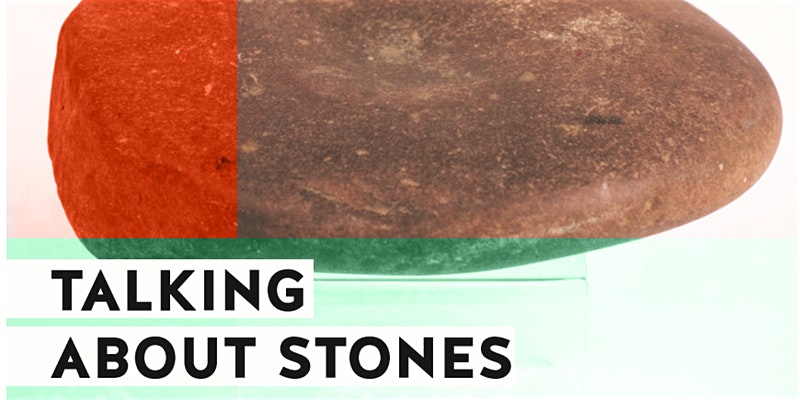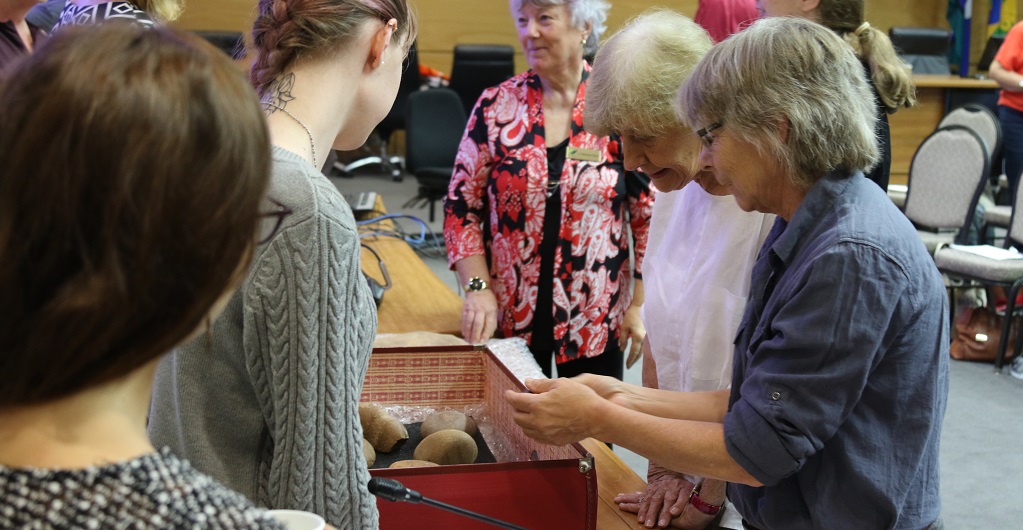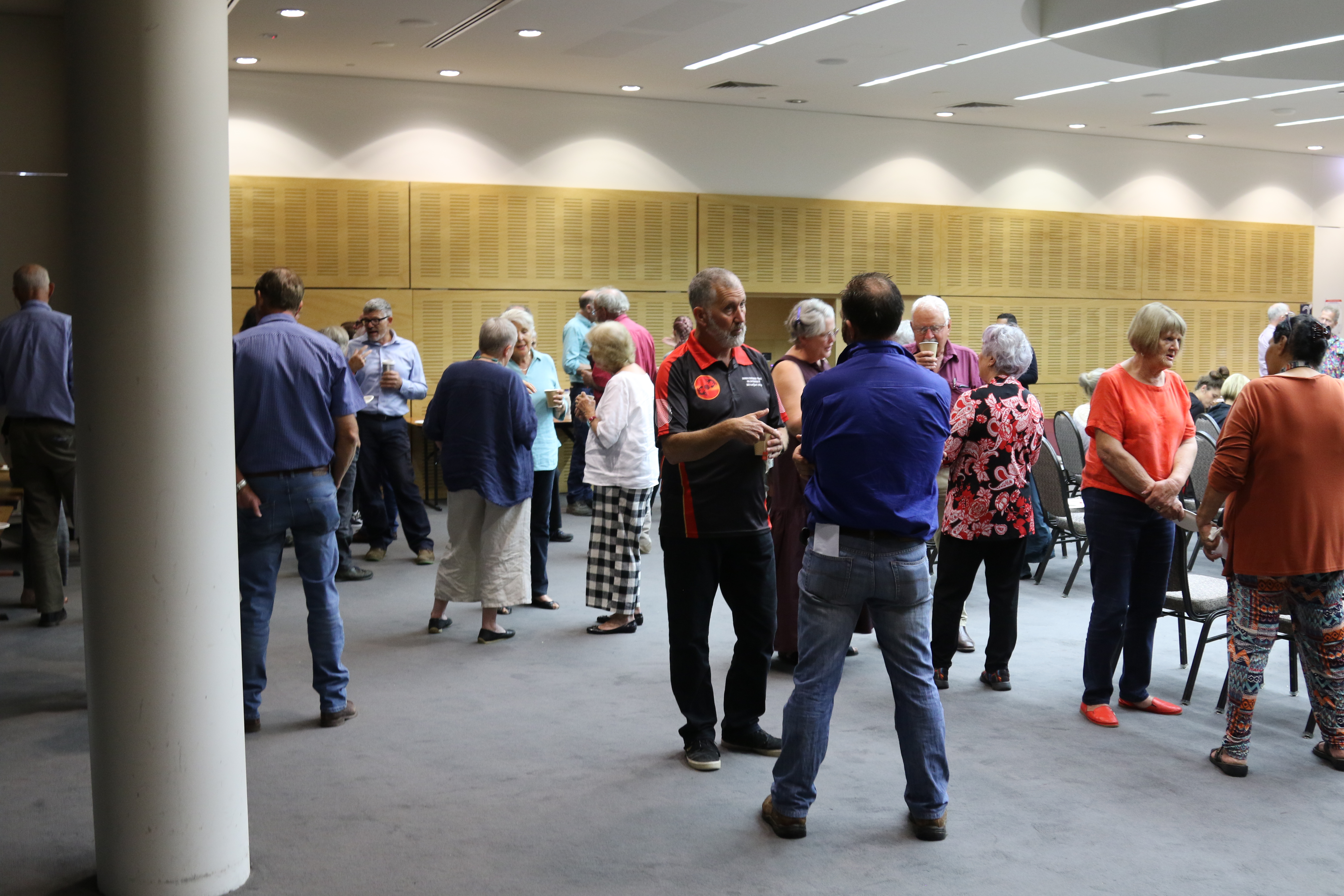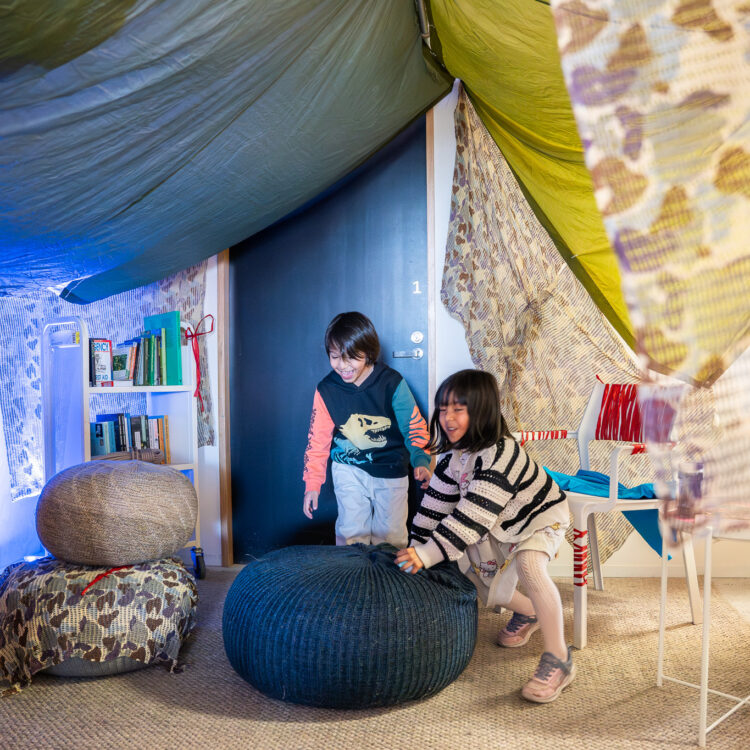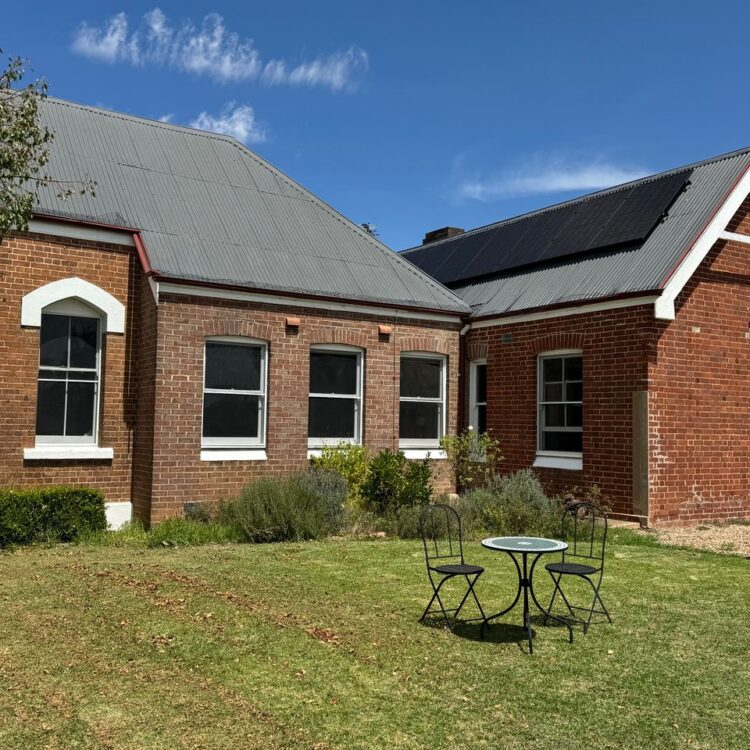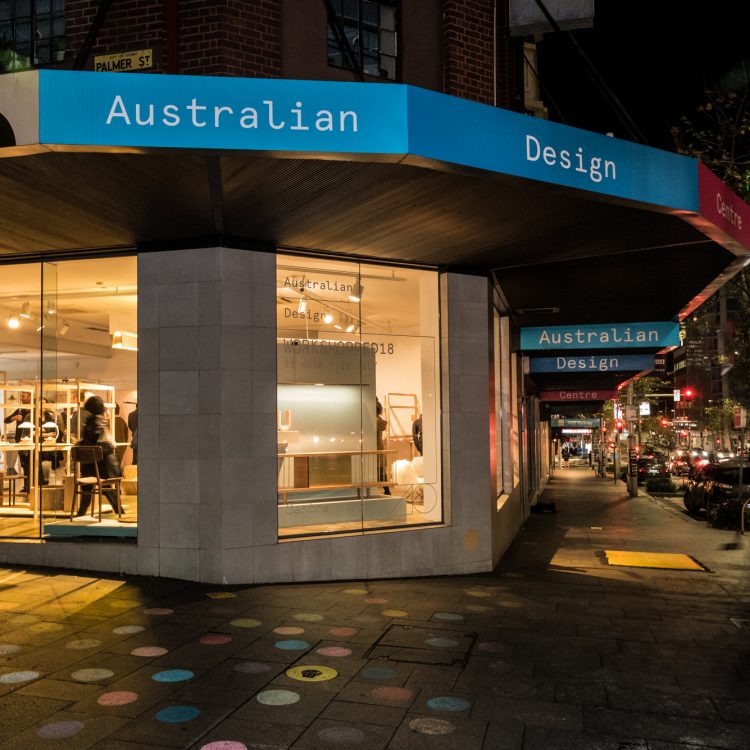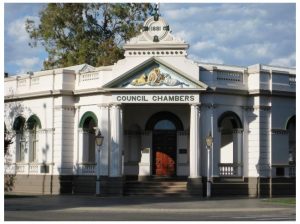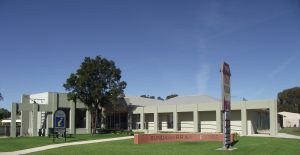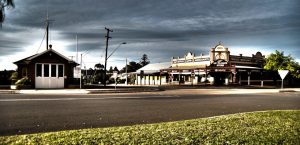On 5 March 2020, a workshop for small museum volunteers and workers was hosted at the Museum of the Riverina, Wagga Wagga. Attendees included regional arts and cultural workers, and people with First Nations archaeological objects in their collections.
We spoke with Sam Leah, Regional Museums Officer at the Museum of the Riverina, about the event and the complex issue of Indigenous artefacts often found in small museums.
What is the background to Talking about Stones and the Small Museum event and how did it come to be held at the Museum of the Riverina?
Talking about Stones was the culmination of a three-year project, where the Museum of the Riverina worked in partnership with the Australian National University and the National Museum of Australia. It was part of a much bigger ARC Linkage project called The Relational Museum and its Objects which also collaborated with the British Museum. The goal of the larger project was to connect Indigenous people with their dispersed collections.
Robyn McKenzie, the lead researcher on this project, myself and the other researchers visited about 40 small and volunteer museums in Wiradjuri country to investigate what types of First Nations material they had in their collections. We also looked at how they were displayed and talked about the concerns and questions that these museums had. These concerns and questions formed the basis of the program for the workshop day.
The event was held at the Museum of the Riverina because the project had been run through the Regional Museum Officer position, and in accessing the wide network of small and volunteer museums that MoR has through the RMO network. Having the workshop in Wagga, a fairly central location, also meant that travel for the volunteers was easy and inexpensive, as we know many volunteers self-fund this type of training.
What was covered at the event and how did it differ to the other Talking about Stones events held in the past?
The earlier events we held were targeted at landholders who may have stone artefact collections on their properties. At those events, we were seeking to open a dialogue with farmers about any artefacts they may have found on their property. We knew from our conversations with museums that some collections were coming into museums off farms as the older generations move off the land. These events were really positive, and some local Wiradjuri knowledge holders went out onto the farms and spoke to the farmers about caring for these collections after these days.
The event we held last week was targeted at the small and volunteer museums. Local knowledge holders shared their experiences and hopes for the future, and we also had a presentation about the Indigenous Roadmap. We had representatives from Heritage NSW discussing legislation and moving forward, case studies of collaborative displays from museums within our network, such as the Keeping place in the Temora Rural Museum, The Up to Date store at Coolamon and Greens Gunyah museum at Lockhart. It wasn’t a workshop that set an agenda or said ‘this is how to do things’. It was much more open about discussing individual cases and ideas, and offering suggestions to empower people to move forward and form partnerships in their own community.
How was the event received?
Everyone was buzzing at the end of the day! It was really positively received, and the participation and energy in the room all day was amazing. It was so wonderful to see so many people from so many different places and perspectives – Indigenous knowledge holders, museums workers and volunteers, farmers, academics, heritage professionals and archaeologists – all come together to talk about what is best for the future care of these beautiful collections.
Are you hoping to repeat or extend these workshops in the future?
Like all things, what we are able to do in the future is dependent on funding. We are hoping to extend the project further, but for the time being it is a ‘watch this space’, as we would not be able to run a program like this without the support of a major institution like the ANU and NMA.
But, through our now expanded group of friends to the museum, we will still be able to support our network of small and volunteer museums in the Riverina, to take advantage of these opportunities into the future.
Releated

